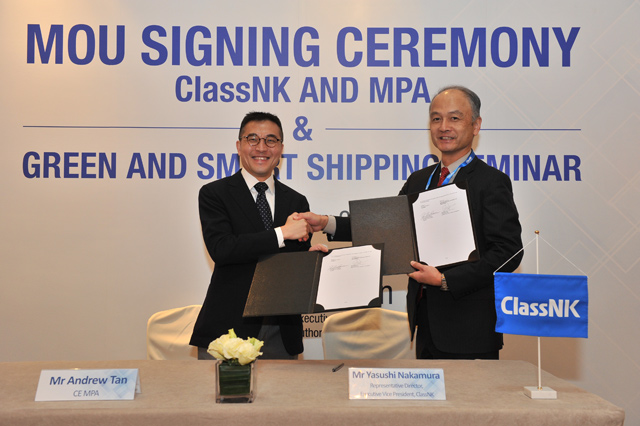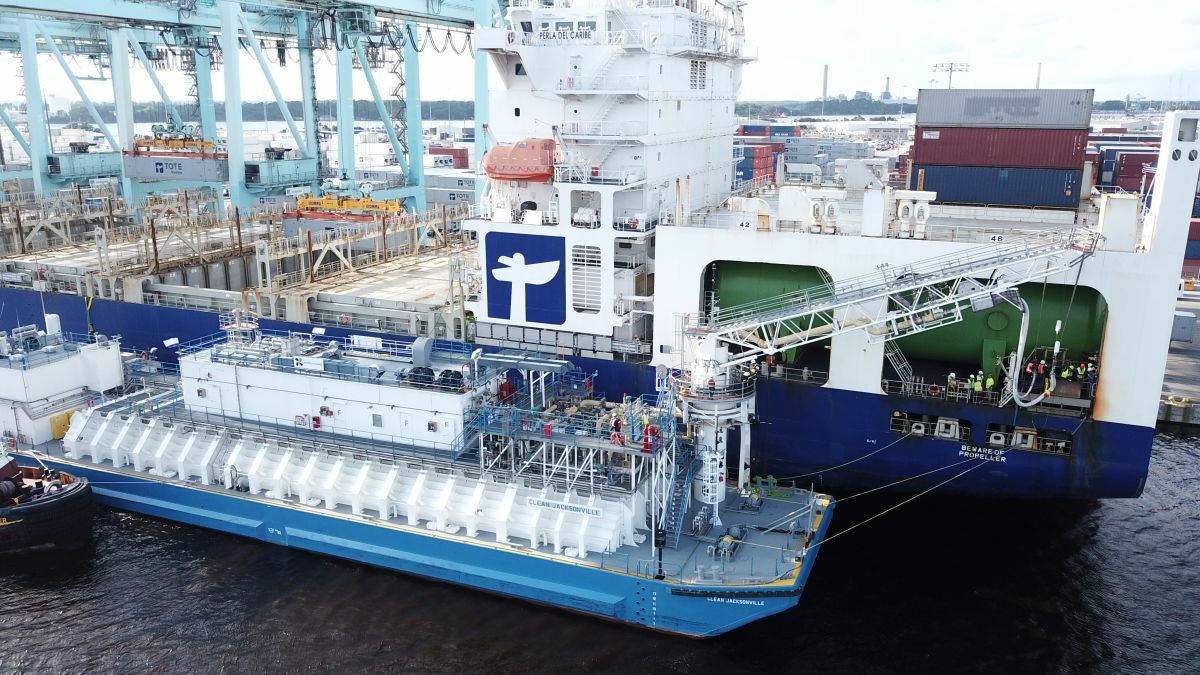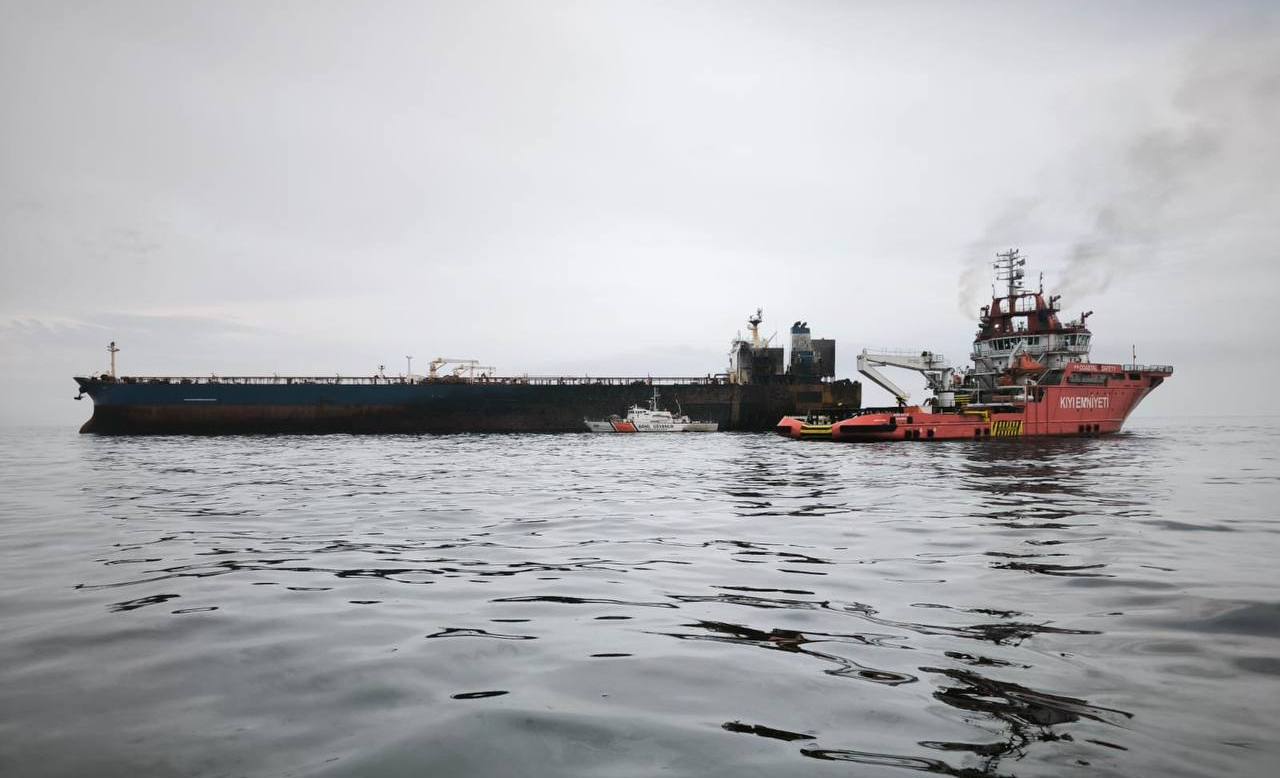
ClassNK’s new Global Research and Innovation Center (GRIC) in Singapore is the Tokyo-based class society’s first research center outside Japan, and it represents a milestone in the continuing global expansion of their organization’s vast research and development activities. The GRIC’s opening in February of this year coincided with a new Memorandum of Understanding with the Maritime and Port Authority of Singapore (MPA) to carry out joint R&D projects focused on enhancing ship safety and environmental sustainability.
From the outset, GRIC will play a pivotal role in advancing a new joint industry research project launched in December 2014 to develop an exhaust gas cleaning system (EGCS) to control SOx emissions from ships outside emission control areas (ECAs). ClassNK is working together with Nippon Yusen Kabushiki Kaisha (NYK Line), the Monohakobi Technology Institute (MTI), Nanyang Technological University (NTU), SembCorp Marine Technology Pte Ltd, and a leading EGCS manufacturer to simplify EGCS operations, reduce costs and unit sizes, and minimize CO2 emissions for installation across a range of vessel types.
Besides the EGCS joint industry project, ClassNK notes the GRIC will be a focal point for other projects such as safety projects related to vessel structural integrity and fatigue, data analytics to assist in real-time anomaly detection of machinery, real-time monitoring of emissions and condition-based monitoring of structures for ship and machinery operations, and applied research in alternative fuel engine technologies. GRIC’s mandate also includes tackling challenges faced by the maritime industry such as onboard noise and vibration.
Outside of the commercial maritime sector, the GRIC is also working with industry partners on sea-based renewable energy projects such as tidal and wave energy generation.
“Given the enormous potential of the ocean as a source of energy and the ever-increasing demand for cleaner energy to mitigate climate change, there is a growing need from the industry for high-quality technical services that can support the practical development of new renewable energy technologies”, comments Hirofumi Takano, Operating Officer and General Manager of the Renewable Energy Department.
The future, says ClassNK, may include hybrid electric harbors, workboats and a network of sea-based battery charging stations, all charged from renewable sources.
“Vast technological advances have made it possible to harness the power of alternative energy sources such as wave power, tidal and ocean current power, and ocean thermal energy conversion in practical ways,” says Mr. Takano. “By verifying the feasibility and practicality of the new testing facility as a third party certification body ClassNK hopes to contribute to the widespread development and use of new marine renewable energy technology. ClassNK is committed to being involved at every point along the value chain.”
There is no single technological solution to harnessing energy from waves and tidal currents, however. As a result, many different devices are being developed. Because ocean energy systems operate in a harsh environment, there are significant engineering and environmental challenges to overcome, including predictability, manufacturability, survivability, ‘installability’, affordability, and reliability.
A number of centers and consortia throughout the world are working toward addressing these challenges, but the new feasibility study is distinguished by envisaging the first testing facility for renewable marine energy technologies in high temperature tropical waters.
“There is a gap in Southeast Asia and a potential to develop tidal and wave energy industry for the tropical market,” says Mr. Takano. “Test sites are necessary for device manufacturers and the supply chain involved in this industry. Major technology developers have projects in Europe and in order to attract these developers to this region, we need to focus on R&D capabilities which in turn require a test site with the necessary support, such as special vessels, divers and equipment manufacturers.
In this formative period, full details of the research agenda remain largely undisclosed. However, already, ClassNK identifies a number of targets including effects on the marine ecosystem, underwater acoustic noise, the telemetry/wireless communications appropriate for eco system live monitoring in the tropical environment, and bio fouling/material performance in such conditions.
“Setting up Tropical Marine Renewable Energy Test sites in Singapore provides an opportunity for ClassNK to be part of the R&D, standards implementation, testing of tidal energy converters and deployment methods of this nascent industry,” says Mr. Takano.
Running from February 2015, the 18-month study will assess the feasibility of establishing a 1/5 to 1/10 scale testing facility in the waters off the coast of Singapore, including surveys of tidal forces, as well as environmental and operational viability assessments. This work will be carried out by a consortium led by ClassNK and ERI@N, with support from other leading research institutes and consultants including the European Marine Energy Centre (EMEC).
Four potential sites have already been identified for further investigation, all of them located in southern Singapore waters. Any proposals will need to take into consideration the priority given to marine traffic in Singapore, and likely limitations on available space for devices deployed in the sea. Indeed, even at this preliminary stage, a tentative plan proposing a floating platform featuring its own control station is envisaged as part of the eventual proposal for facilities, rather than a permanent structure. Naturally, any development plans will be subject to normal consents and permissions from local government.
“GRIC represents the next step in ClassNK’s global research efforts”, says Yasushi Nakamura, Representative Director and Executive Vice President. “GRIC provides much-needed infrastructure for maritime and offshore projects, and its location in Singapore also ensures that it is accessible to potential research partners around the globe. With the establishment of GRIC, the industry can expect to see even more innovative solutions from ClassNK and our international partners in the future.”

 Join The Club
Join The Club












